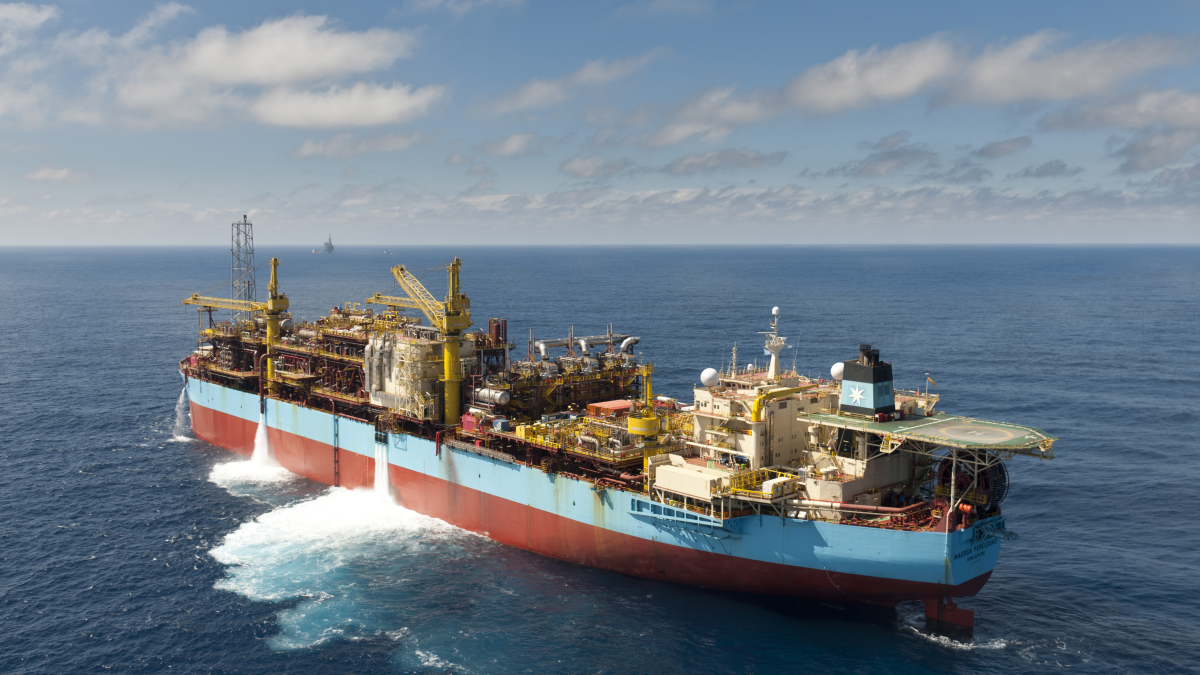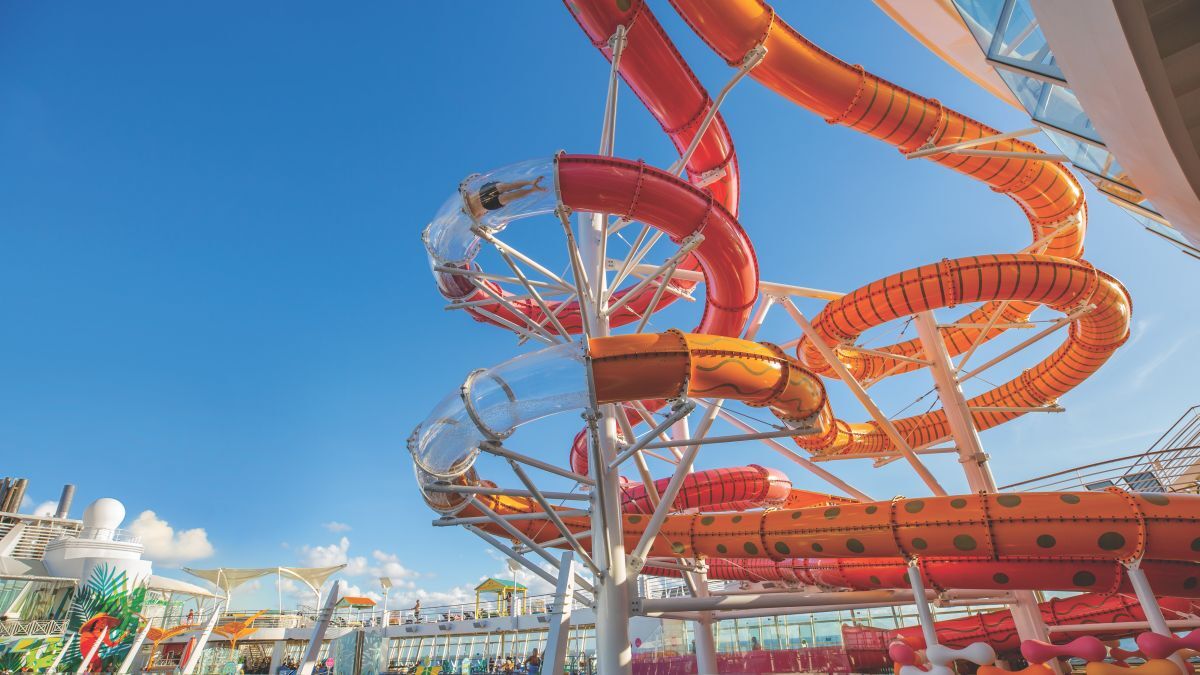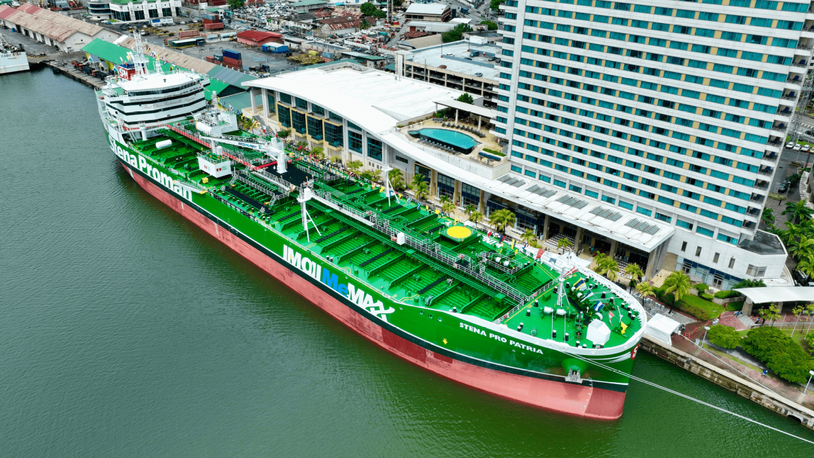Business Sectors
Contents
SAL methanol-ready heavy-lift vessels feature high-tech integrated bridge technology
The first of a new class of heavy-lift vessels has been completed by Chinese shipyards with methanol-ready hybrid propulsion and integrated technology in the wheelhouse
SAL’s first Orca-class heavy-lift and transport ship Elise has been built by two Chinese shipyards with engines ready to be converted to use green methanol fuel and an integrated bridge system featuring technology firsts.
Elise is the first of a series of 14,600-dwt, DNV-class ships SAL expects to bring into operation in the coming years as it offers sustainable transport services for offshore wind turbines and other heavy loads, such as offshore modules, new tugs, ferries, vessels and workboats.
These Orca ships are built by Wuhu Shipyard and finished by Weihai to Ice-class 1A requirements and Polar Code standards, with optimised hullforms for efficient voyages, plus twin 800-tonne capacity, all-electric cranes. Efficient hybrid propulsion including energy storage systems and connections to shore power enable the vessels to achieve zero emissions in port.
SAL said Orca-class ships are designed to meet the stringent demands of heavy-lift shipping while minimising carbon emissions, providing the basis for zero-emissions operations once green methanol fuel is available.
“The Orca class represents a new era in heavy-lift shipping, combining advanced technology with a strong focus on efficiency and sustainability,” said SAL Heavy Lift managing director Sebastian Westphal. “These vessels are equipped to establish a new benchmark for safety, precision and innovation in this highly specialised shipping sector.”
Orca-class ships will have a VisionMaster integrated bridge system (IBS) supplied by Sperry Marine, with the first installed and four others on order.
Elise’s IBS features virtual network computing watch modes, enabling watchkeepers to access support tools such as the ice radar directly at the conning position, improving situational awareness and operational efficiency. Raw video data from the VisionMaster Net X-band navigation radar is seamlessly fed into the Rutter Sigma S6 Ice Navigator, enhancing ice detection capabilities and navigation through ice.
Elise is also equipped with Sperry Marine’s fibre-optic gyrocompasses, with integrated inertial navigation devices, to deliver accurate heading data and maintain stability even when external global navigation satellite signals are jammed or spoofed.
"This ship is also the first newbuild equipped with Sperry Marine’s new NaviStar satellite compass solution, which ensures precise and reliable heading data – even at high latitudes – and the first vessel to feature a complete installation of VisionMaster Net 27-inch panel PCs,” said Sperry Marine IBS product manager Pascal Göllnitz.
“The platform’s adaptability to evolving requirements was further demonstrated when we responded to SAL’s last-minute request to integrate Orca AI’s camera system into VisionMaster Net, adding another layer of situational awareness.”
Sperry Marine included its SperrySphere onboard voyage-planning tool that combines intelligent route optimisation with XDi multifunctional repeater displays for overhead console applications. Its IBS package also contains Sperry Marine’s self-adaptive NaviPilot 4500N autopilot, which dynamically adjusts to vessel characteristics and changing conditions, which the company claimed results in measurable fuel savings and reduces the bridge workload.
“Elise enters service equipped with Sperry Marine’s latest navigation technologies after a strong collaboration between SAL and Sperry Marine’s engineering, project management and support staff to co-ordinate an unusual build project that started at Wuhu Shipyard and was completed in Weihai,” added Mr Göllnitz.
Riviera’s Maritime Navigation Innovation Webinar Week will be held 24-26 November. Use this link for more information and to register for these webinars.
Related to this Story
Events
International Bulk Shipping Conference 2025
Tankers 2030 Conference
Maritime Navigation Innovation Webinar Week
© 2024 Riviera Maritime Media Ltd.














